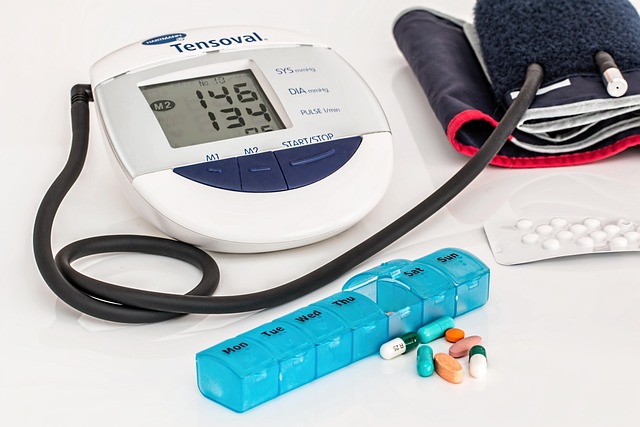Discover Local Dry Eye Treatment Options—Find Relief Near You
Dry eye issues are more common than you think, and finding effective solutions doesn’t have to be a challenge. With various treatment options available nearby, you can explore what works best for your needs without the hassle. Learn more about how to manage dry eye symptoms effectively.

What are the common symptoms of dry eye syndrome?
Dry eye syndrome can manifest in various ways, often causing discomfort and affecting daily activities. Common symptoms include a gritty or sandy feeling in the eyes, redness, light sensitivity, and blurred vision. Many people also experience excessive tearing, which may seem counterintuitive but is actually the eye’s response to irritation. If you’re experiencing persistent eye discomfort, it’s essential to recognize these symptoms and seek appropriate treatment.
How can I find local dry eye treatment options?
Finding local dry eye treatment options is easier than ever with today’s resources. Start by consulting your primary care physician or optometrist, who can provide initial guidance and referrals. Many eye care centers and ophthalmology clinics offer specialized dry eye services. You can also use online directories and healthcare provider search tools to locate specialists in your area. Don’t hesitate to ask for recommendations from friends or family who have dealt with similar issues, as personal experiences can be valuable in finding effective local treatment.
What are the available treatment methods for dry eyes?
The available treatment methods for dry eyes range from simple at-home remedies to more advanced medical interventions. Over-the-counter artificial tears and lubricating eye drops are often the first line of defense. For more severe cases, prescription medications like cyclosporine or lifitegrast can help increase tear production. Punctal plugs, tiny devices inserted into tear ducts to prevent drainage, are another effective option. In some cases, lifestyle changes such as increasing humidity in your environment or modifying your diet can also provide relief.
Are there any innovative dry eye treatments available locally?
Innovative dry eye treatments are becoming increasingly available in many local areas. One such treatment is Intense Pulsed Light (IPL) therapy, which uses light pulses to stimulate the meibomian glands and improve oil production in tears. Another cutting-edge option is LipiFlow, a thermal pulsation system that clears blocked meibomian glands. Some clinics also offer amniotic membrane treatments, which use tissue from placenta to promote healing and reduce inflammation on the eye’s surface. Check with local eye care specialists to see if these advanced treatments are available in your area.
What factors should I consider when choosing a dry eye treatment?
When selecting a dry eye treatment, several factors come into play. The severity of your symptoms is a primary consideration – mild cases may respond well to over-the-counter solutions, while more severe cases might require prescription medications or in-office procedures. Your overall health and any underlying conditions should also be taken into account. Additionally, consider the treatment’s duration, potential side effects, and how it fits into your lifestyle. Cost and insurance coverage are important factors as well. It’s crucial to discuss these aspects with your eye care professional to determine the most suitable treatment plan for your specific situation.
How much do dry eye treatments typically cost?
The cost of dry eye treatments can vary widely depending on the type of treatment and your location. Here’s a general overview of some common treatment options and their estimated costs:
| Treatment | Provider Type | Cost Estimation |
|---|---|---|
| Over-the-counter eye drops | Pharmacies | $10 - $30 per bottle |
| Prescription eye drops | Ophthalmologists/Optometrists | $50 - $500 per month |
| Punctal plugs | Eye care clinics | $300 - $1000 per procedure |
| LipiFlow treatment | Specialized eye clinics | $700 - $2000 per session |
| Intense Pulsed Light (IPL) | Ophthalmology centers | $400 - $1500 per session |
Prices, rates, or cost estimates mentioned in this article are based on the latest available information but may change over time. Independent research is advised before making financial decisions.
It’s important to note that many insurance plans cover some dry eye treatments, especially if they’re deemed medically necessary. However, coverage can vary significantly between providers and plans. Always check with your insurance company and healthcare provider for the most accurate cost information and coverage details.
In conclusion, finding relief from dry eye syndrome is possible with the range of local treatment options available. From simple over-the-counter solutions to advanced medical procedures, there’s likely a treatment that can help alleviate your symptoms. By understanding the available options, considering important factors, and consulting with eye care professionals, you can make informed decisions about your eye health and find the most effective treatment for your needs.
This article is for informational purposes only and should not be considered medical advice. Please consult a qualified healthcare professional for personalized guidance and treatment.






